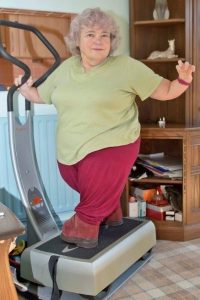 Exercise for Health and Wellbeing
Exercise for Health and Wellbeing
Doing exercise is vital to improve or maintain your health, manage pain as you get older and also improve your wellbeing. The guidelines below provide information on how much and what sort of activity and exercise to do.
"Those who think they have not time for exercise will sooner or later have to find time for illness."
Edward Stanley, 15th Earl of Derby
Why do we need to exercise?
-
Pain management
One of the NHS top tips for pain management is exercise. "Simple, everyday activity like walking, swimming, gardening and dancing can ease some of the pain directly by blocking pain signals to the brain. Activity also helps to stretch stiff and tense muscles, ligaments and joints, which can lessen pain".
"It’s natural to be hesitant if exercise is painful and you’re worried about doing more damage. But if you become more active gradually, it's unlikely you will cause any damage or harm. The pain you feel when you start gentle exercise is because the muscles and joints are getting fitter".
-
Helps to avoid other health problems associated with ageing
Avoiding exercise completely could lead to other problems like stiff joints, weight gain, heart disease, osteoporosis, poor balance and falls.
-
Benefits mental health
In recent years, studies have shown that regular physical activity also has benefits for mental health. Exercise can help people recover from depression and prevent them from becoming depressed in the first place.
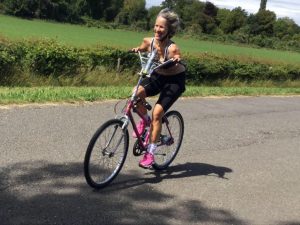
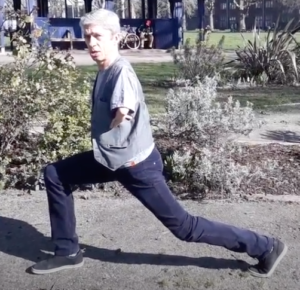
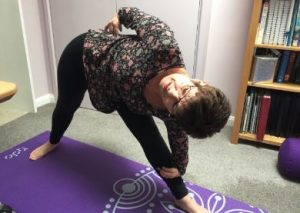
How much physical activity do adults aged 19-64 years old need to do to stay healthy?
To stay healthy or to improve health adults need to do two types of physical activity each week: aerobic and strength exercise.
Guidelines for adults aged 19-64
AND
strength exercises on two or more days a week that work all the major muscles (legs, hips, back, abdomen, chest, shoulders and arms)
AND
strength exercises on two or more days a week that work all the major muscles (legs, hips, back, abdomen, chest, shoulders and arms)
AND
strength exercises on two or more days a week that work all the major muscles (legs, hips, back, abdomen, chest, shoulders and arms)
A rule of thumb is that one minute of vigorous activity provides the same health benefits as two minutes of moderate activity.
One way to do your recommended 150 minutes of weekly physical activity is to do 30 minutes on 5 days a week.
All adults should also break up long periods of sitting with light activity. Find out why sitting is bad for your health.
BSL keeping active information
Watch BSL video information on keeping active guidelines (available from NHS Scotland)
What counts as moderate aerobic activity?
Examples of activities that require moderate effort for most people include:
- walking fast
- water aerobics
- riding a bike on level ground or with few hills
- doubles tennis
- pushing a lawn mower
- hiking
- skateboarding
- rollerblading
- volleyball
- basketball
Moderate activity will raise your heart rate and make you breathe faster and feel warmer. One way to tell if you're working at a moderate level is if you can still talk, but you can't sing the words to a song.
What counts as vigorous activity?
There is good evidence that vigorous activity can bring health benefits over and above that of moderate activity.
Examples of activities that require vigorous effort for most people include:
- jogging or running
- swimming fast
- riding a bike fast or on hills
- singles tennis
- football
- rugby
- skipping rope
- hockey
- aerobics
- gymnastics
- martial arts
Vigorous activity makes you breathe hard and fast. If you're working at this level, you won't be able to say more than a few words without pausing for breath.
In general, 75 minutes of vigorous activity can give similar health benefits to 150 minutes of moderate activity.
For a moderate to vigorous workout, try Couch to 5K, a nine-week running plan for beginners.
What activities strengthen muscles?
There are many ways you can strengthen your muscles, whether it's at home or in the gym. Examples of muscle-strengthening activities for most people include:
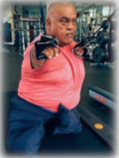 lifting weights
lifting weights- working with resistance bands
- doing exercises that use your own body weight, such as push-ups and sit-ups
- heavy gardening, such as digging and shovelling
- yoga
Muscle-strengthening exercises are counted in repetitions and sets. A repetition is one complete movement of an activity, like a bicep curl or a sit-up. A set is a group of repetitions.
For each strength exercise, try to do:
- at least one set
- eight to 12 repetitions in each set
To get health benefits from strength exercises, you should do them to the point where you struggle to complete another repetition.
Muscle strength is necessary for:
- all daily movement
- building and maintaining strong bones
- regulating blood sugar and blood pressure
- helping to maintain a healthy weight
Try Strength and Flex, a 5-week exercise plan for beginners to improve your strength and flexibility.
You can do activities that strengthen your muscles on the same day or on different days as your aerobic activity - whatever's best for you.
Remember - Muscle-strengthening exercises are not an aerobic activity, so you'll need to do them in addition to your 150 minutes of aerobic activity.
Some vigorous activities count as both an aerobic activity and a muscle-strengthening activity.
Examples include:
• circuit training, aerobics, running, football, rugby, netball, hockey
Equipment to help with exercising
There are many items of equipment to help with exercising. The examples here are a few that some beneficiaries are aware of.
Please note that this is not a recommendation from the Trust. The suitability of all equipment should be reviewed with a qualified instructor before use.
Resistance Bands
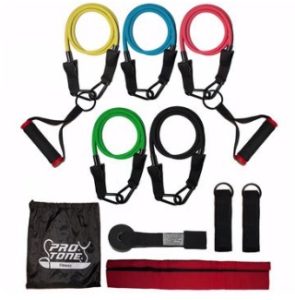
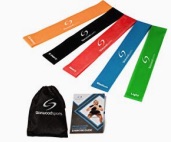
Using the resistance bands to do a supported lunge.
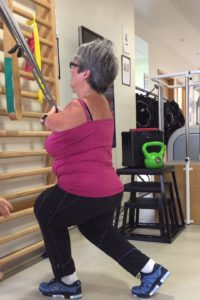
Suspension Training Straps
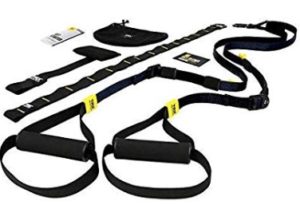
Alter G Treadmill
The treadmill is ideal for physiotherapy clinics, rehabilitation facilities, gyms
and wellness centres and is the perfect solution for patients looking to regain mobility, develop strength and fitness, and increase range of motion and natural movement – all while minimising stress on injuries.
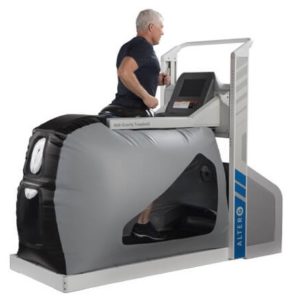
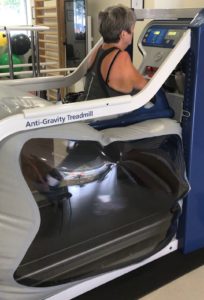
AlterG’s unique and patented unweighted rehabilitation treadmill technology:
- Allows patients to move with less pain during physiotherapy sessions whilst reducing the risk of further injury
- Provides Physiotherapists with an accurate tool to track patient progress, keeping them engaged during rehabilitation
- Helps clinics and therapists to set themselves apart by offering the most advanced physiotherapy technology available
- Allows Physiotherapists to easily observe and analyse their patients range of movement
- Acts as both a rehab device and wellness tool that gets patients excited and motivated to continue using it for regular training
Find out more at the Alterg website
Power Plates
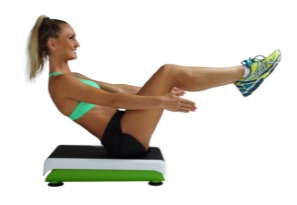 By exercising on a vibrating, and therefore, unstable surface your muscles are forced to respond in order to regain stability. Your body does this by performing reflexive muscle contractions many times per second.
By exercising on a vibrating, and therefore, unstable surface your muscles are forced to respond in order to regain stability. Your body does this by performing reflexive muscle contractions many times per second.
These contractions must work in multiple directions, because the platform not only moves up and down, but also vibrates from side to side. As you increase the vibration frequency (Hz) or the intensity from high to low your muscles will always be facing a renewed challenge.
Inspiring you to get active
Getting started – tips and advice to get active
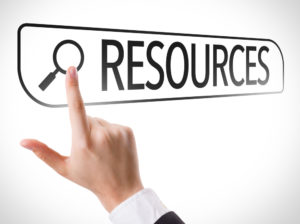
Find out how other beneficiaries get active
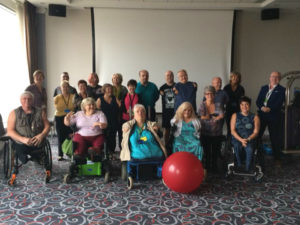
Read stories from the Thalidomide community on how people keep fit and active
